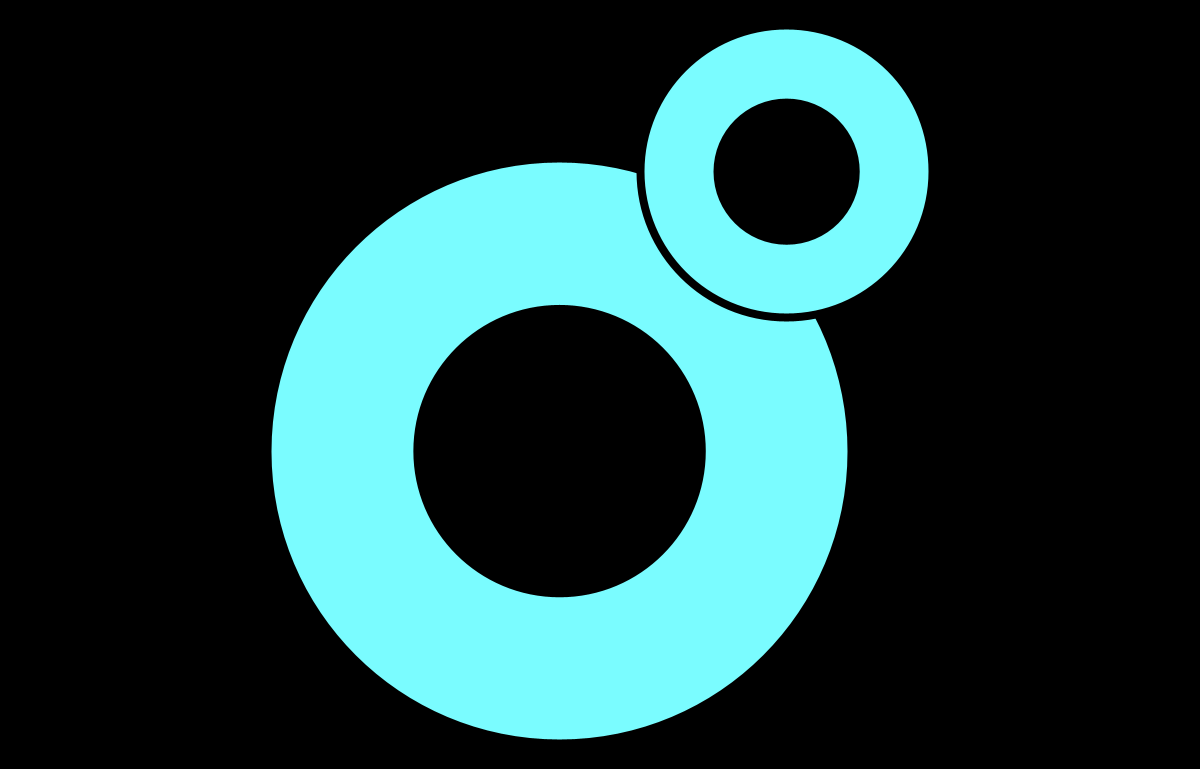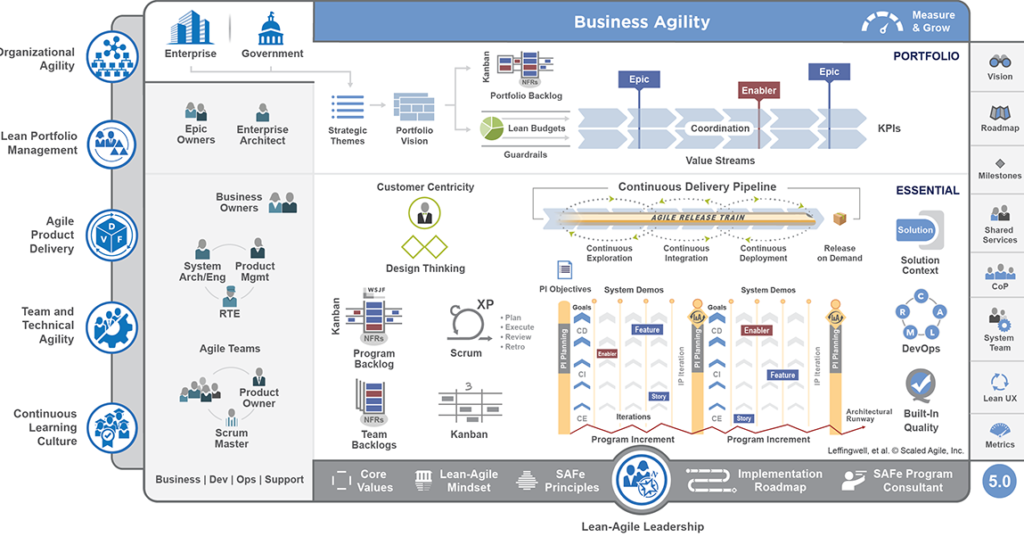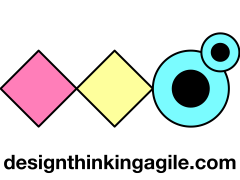
Adapt to change.
Agile Frameworks
Scrum

Scrum is an agile project management methodology that focuses on iterative development and collaboration to deliver valuable products efficiently. It provides a structured framework for teams to work together, adapt to changing requirements, and continuously improve their processes.
At its core, Scrum divides work into time-boxed iterations called sprints, usually lasting two to four weeks. During each sprint, the team develops a potentially shippable product increment. The Scrum framework consists of defined roles, ceremonies, and artifacts. The three main roles are the Product Owner, who represents stakeholders and defines the product backlog; the Scrum Master, who ensures the team adheres to Scrum principles and facilitates their work; and the Development Team, responsible for creating the product increment.
Key artifacts in Scrum include the product backlog, a prioritized list of user stories or features; the sprint backlog, outlining tasks for the current sprint; and the increment, the working product delivered at the end of each sprint.
Scrum ceremonies provide structure and collaboration points. Sprint Planning kicks off each sprint, Daily Stand-ups keep the team aligned, the Sprint Review showcases the increment to stakeholders, and the Sprint Retrospective encourages reflection and process improvement. The Scrum framework empowers teams to manage their work autonomously, fostering a culture of transparency, adaptability, and continuous learning. Its collaborative and incremental approach makes it a popular choice for software development, helping teams deliver high-quality products while responding effectively to evolving customer needs.
Scaled Agile Framework

The Scaled Agile Framework (SAFe) is a comprehensive and widely adopted methodology for implementing and scaling agile practices across large enterprises. SAFe addresses the complexities of coordinating multiple agile teams working on interconnected projects, allowing organizations to achieve alignment, collaboration, and value delivery at scale.
SAFe incorporates design thinking principles and techniques to foster a user-centered approach and enhance customer value. While SAFe primarily focuses on scaling agile practices, it acknowledges the importance of design thinking in creating customer-centric solutions. Some design thinking techniques that can be applied within SAFe include:
- Customer Centricity: SAFe emphasizes a customer-centric approach, aligning with design thinking’s core principle of empathizing with user needs. By continuously involving customers and end-users in the development process, SAFe ensures that solutions are designed to address real user challenges.
- Innovation and Ideation: SAFe encourages innovation by providing opportunities for cross-functional teams to brainstorm and generate creative ideas. Collaborative sessions like PI Planning and Innovation and Planning Iteration (IP Iteration) promote ideation and exploration of new concepts, similar to design thinking workshops.
- User Story Mapping: SAFe incorporates user story mapping, a technique used in design thinking, to visualize the user journey and prioritize features. This helps ensure that development efforts are aligned with user needs and that the product’s design evolves iteratively.
- Lean Startup Principles: SAFe aligns with the Lean Startup methodology, which shares similarities with design thinking. Both approaches emphasize rapid experimentation, validated learning, and minimizing waste. The Build-Measure-Learn feedback loop in Lean Startup resonates with design thinking’s iterative prototyping and testing process.
- Empathy and User Research: SAFe promotes incorporating user feedback and insights throughout the development cycle, reflecting design thinking’s emphasis on empathizing with users and involving them in the design process. User research and validation help refine features and ensure that solutions meet user expectations.
- Continuous Exploration: SAFe’s continuous exploration practices, such as Lean UX and User-Centered Design, encourage teams to continuously explore user needs, validate assumptions, and adapt designs based on user feedback.
While SAFe may not explicitly prescribe the full suite of design thinking techniques, its underlying principles align well with design thinking’s user-centered and iterative approach. By integrating these techniques, organizations adopting SAFe can enhance their ability to deliver meaningful and user-focused solutions at scale.
